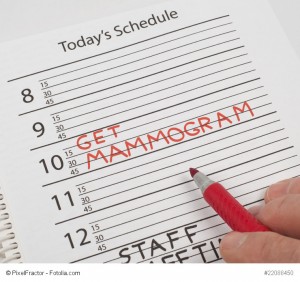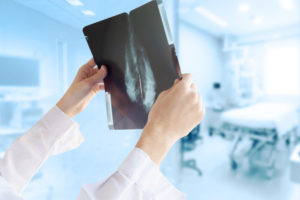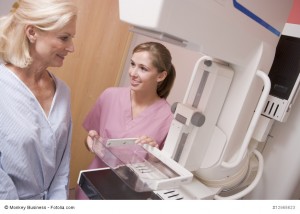 Talk to twenty women who have had more than one mammogram in their life, and you will get several different answers to the question: “Is a mammogram painful?”
Talk to twenty women who have had more than one mammogram in their life, and you will get several different answers to the question: “Is a mammogram painful?”
Uncomfortable and scary may be a common answer. A few might say painful, but it only lasted a few seconds. Others may say it was no big deal.
Anxiety about the test, your personal pain threshold, and the technician all play a huge part in a woman’s perspective relative to their mammogram
Let’s discover a few tips to reduce any discomfort during a mammogram, and review why a mammogram should be an essential part of a woman’s health plan.
Continue reading “Is A Mammogram Painful?” →


 Talk to twenty women who have had more than one mammogram in their life, and you will get several different answers to the question: “Is a mammogram painful?”
Talk to twenty women who have had more than one mammogram in their life, and you will get several different answers to the question: “Is a mammogram painful?”
 According to a recent article by the American Association for Cancer Research, 16 percent of women will get called back for further testing after their first mammogram, and 10 percent will be called after subsequent mammograms. While the call-back percentage is high, only about 0.5 percent of those women will have cancer.
According to a recent article by the American Association for Cancer Research, 16 percent of women will get called back for further testing after their first mammogram, and 10 percent will be called after subsequent mammograms. While the call-back percentage is high, only about 0.5 percent of those women will have cancer.
